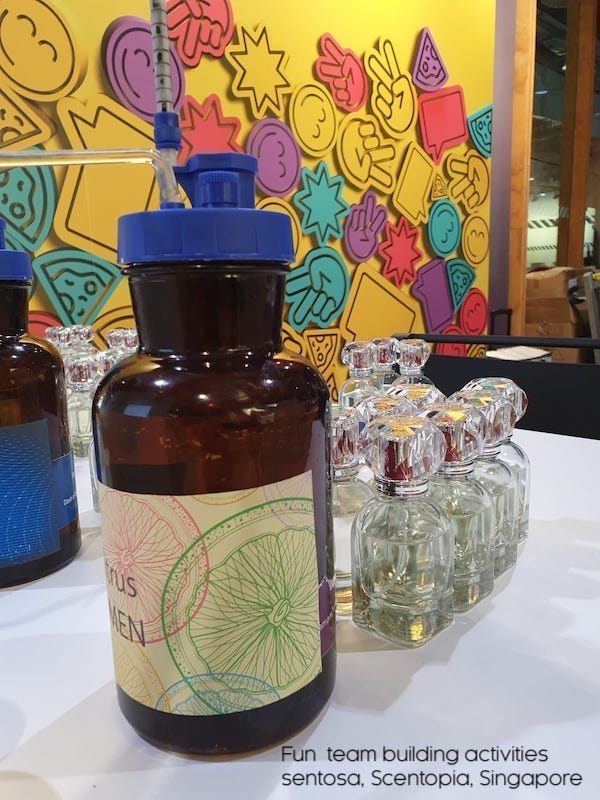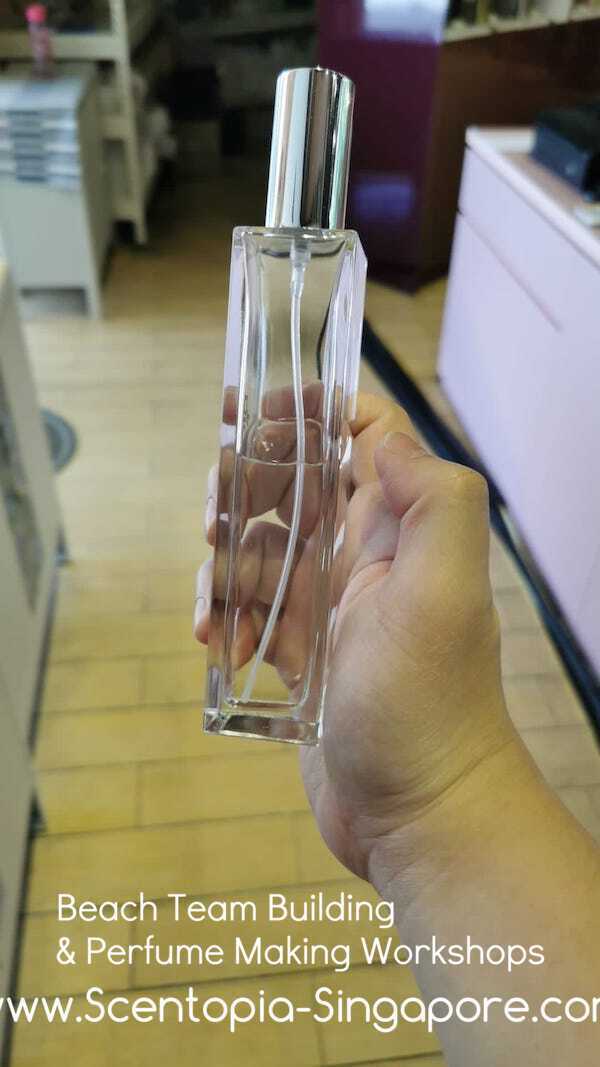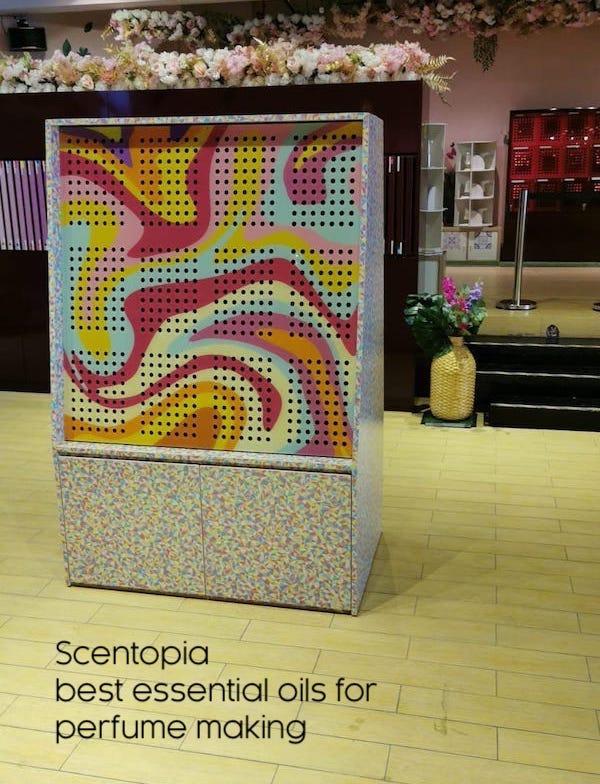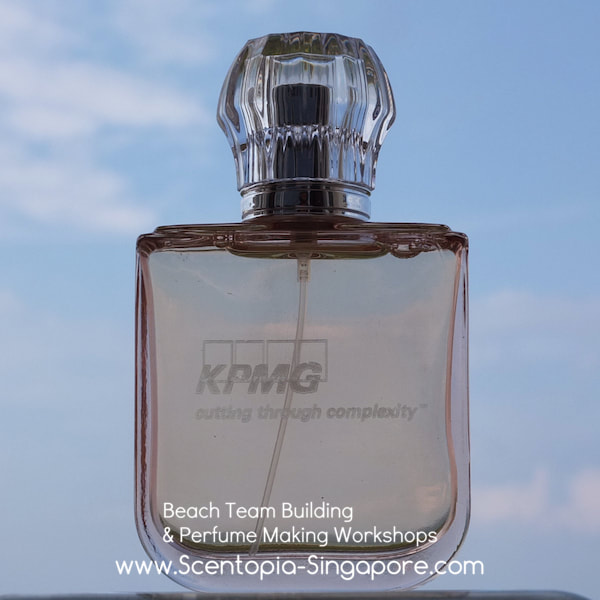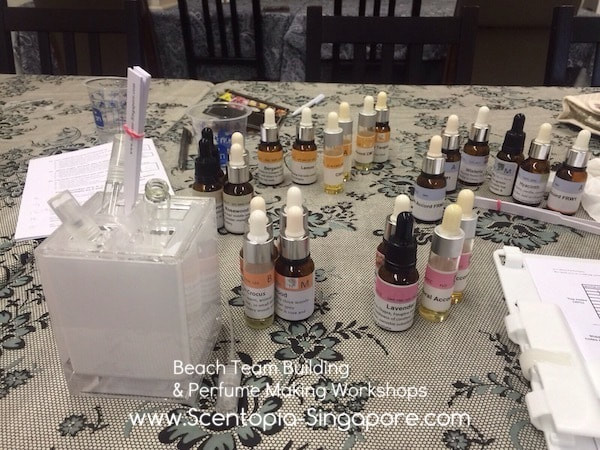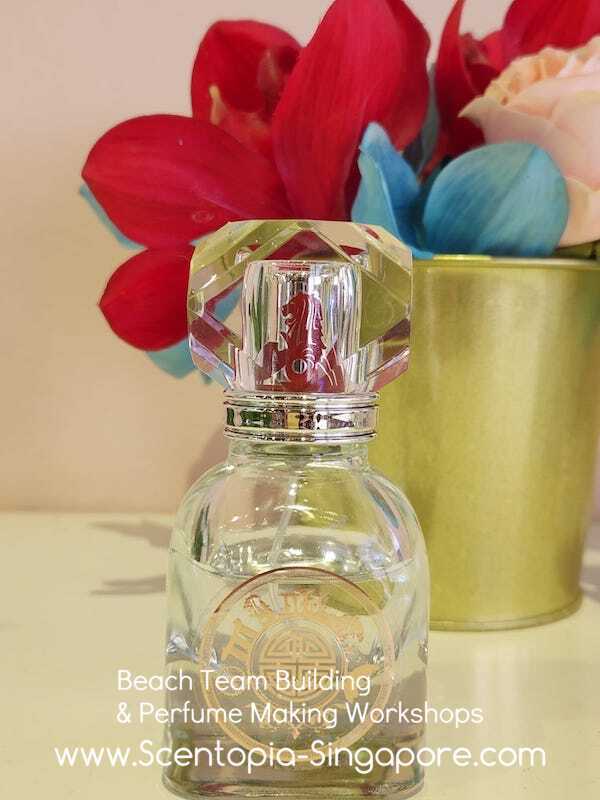Best DIY Scented Candles Projects to Elevate Your Space
DIY Scented Candles: The Best Project to Do for Yourself
Creating DIY scented candles can indeed be a fantastic project for self-care and creativity. Not only do scented candles add a wonderful ambiance to your space, but the process of making them can also be both relaxing and fulfilling. Here's a step-by-step guide to help you get started.
